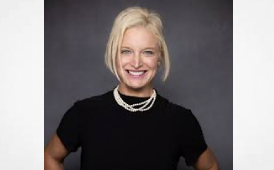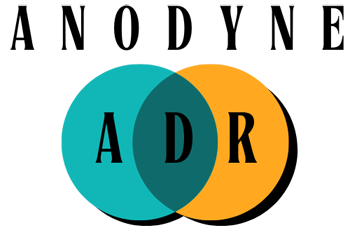It starts like this
Q. Your background is interesting, as you’ve held positions with both the Addictions, Drug, and Alcohol Institute at the University of Washington and the U.S. CDC, among others. How did you come to work in your current position with CANNRA and on cannabis policy in general?
A. I worked in tobacco control and tobacco policy for a number of years before coming to cannabis policy. After working in the research department of a tobacco cessation quit-line provider in the Seattle area and getting a master’s in public health at the University of Washington in the evenings, I moved to Atlanta to start a Ph.D. program in behavioral science and public health at Emory University. I was able to continue work I’d been doing in tobacco cessation at the Centers for Disease Control and Prevention while working on my Ph.D.
I became very interested in cannabis use in young adults who were using tobacco, particularly in whether co-use of tobacco and cannabis was increasing among adults and the reasons people used both (e.g,. were they complements or substitutes). I was writing my dissertation on that topic when Washington State and Colorado voted to legalize adult use of cannabis. I quickly got support from my office at the CDC to explore the issue for the agency and start to assess what the potential public health and policy implications might be from changing cannabis policy. I eventually moved over to the CDC Foundation as a senior cannabis consultant, where I started a learning collaborative for state health officers to help state public health agencies identify and collect data that was needed to understand the implications of legalization, share emerging best practices, and collaborate.
Read full interview
https://sn.astm.org/interview/changing-landscape-cannabis-jf25.html


















